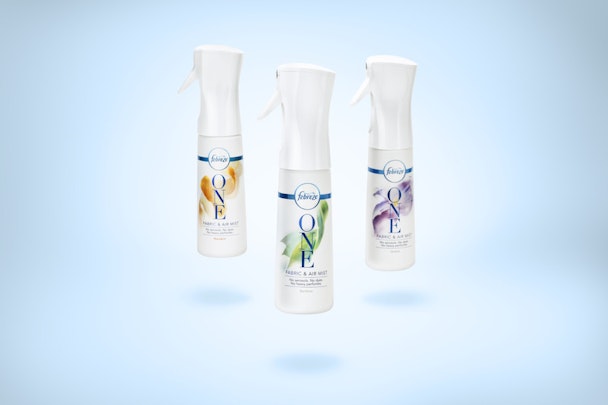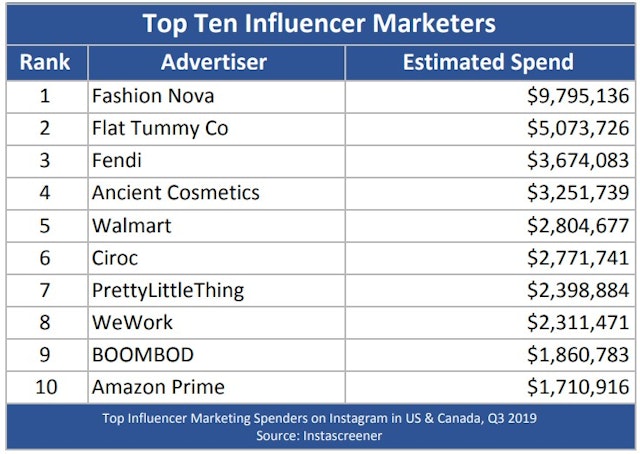P&G and Disneyland among brands reaching most fake followers on Instagram
Advertisers have almost doubled the amount they’re spending on Instagram influencer campaigns in the US and Canada since 2018. However in the past three months alone, $65m has been wasted reaching fake followers – with household names like P&G and Disneyland among the top spenders duped.

P&G’s Febreze was crowned the “most fooled” brand
According to figures from influencer measurement company Instascreener, North American advertisers allocated a $478m slice of their budgets to influencers in Q3.
Instagram took the lion’s share of this, pooling in $340m worth of spend (an increase of 95% on the same period last year). Although, of this $65m was funnelled into reaching fake eyeballs.
Instascreener, previously known as Points North group, measured the investment using its own spend data for non-Instagram influencer spend in addition to analysing almost every sponsored influencer posts on Instagram. It then used AI estimate fake followers.
P&G’s Febreze was crowned the “most fooled” brand when it came to investing in campaigns that reached bots instead of people. Analysis on its sponsored Instagram posts indicated that of the accounts that had engaged with the post 54% were fake.
Multimedia kids’ business Baby Einstein came in second place with a fake follower rate of 51%, followed closely by women’s sanitary business Carefree. Disneyland, Green Chef and Zappos also made it into the top ten most duped advertiser.
The numbers come as brands continue to crack down on fraudulent activity on platforms like Instagram. FMCGs in particular, P&G’s main rival Unilever included, have been focused on bringing accountability to their influencer supply chain but the march to bring order to the nascent space is still in its early stages.
The Drum has approached P&G for further comment, at the time of writing it had not issued a response to the figures.

For its part, Instagram has been investing in machine learning to autodetect fake accounts. Last year, it pledged to purge fake likes and comments from within its walls and it’s also been clamping down on businesses that sell fake followers to influencers.
Instascreener’s data suggests that Instagram’s measures are slowly paying off. Since May, engagement rates of influencers with the least authentic audiences have dropped from 1.7% to 1.0%. Over the same period, engagement rates of influencers with the most authentic audiences declined only slightly, from 1.7% to 1.6%.
In terms of the biggest spenders retailer Fashion Nova took the influencer crown, having invested $9.7m on influencer campaigns in the past quarter. Controversial laxative tea brand Flat Tummy Co was the runner-up with a spend of $5.1m. Fendi, Ancient Cosmetics and Walmart completed the top five.

The boom in influencer spend shows that despite its challenges the influencer arena is still a burgeoning one.
This summer, cosmetics giant Estée Lauder detailed how a huge portion of its digital marketing budget was now being siphoned towards influencers.

